
PREAMBLE
Building a record collection from scratch can be both great fun and intimidating. It can also be more expensive than it used to be, as the once “dying format” has shown remarkable resilience since its resurgence beginning in 2007. With so many great records out there, it’s impossible to include every single one across all genres. For this series, I’ll limit my scope to pop, rock, and soul, beginning with the 1960s.
To cover as many titles as possible, I’ll skip my usual song and sound analysis, and simply post the pertinent record-label information and music genre. In some cases, I’ll also suggest a superior-sounding reissue. Most of these pressings should sound great given the right system. If you can’t find a recommended pressing or find it too expensive, simply choose an alternative pressing. Any quick visit to Discogs’ database or your local record shop will show that prices are all over the map, varying anywhere from a dollar to several thousand, though most fall under $200, with the majority under $80. Note that pricing has little to do with sound quality or musical value. It’s usually tied to rarity, condition, and supply-and-demand economics.
Regarding second-hand records, an established rating convention–similar to what is found in the comic book world–grades the vinyl and outer sleeve condition with a series of letter abbreviations, with ‘M'(int) and ‘NM’ at the top, representing sealed or “like new” copies, followed by ‘VG+’ (Very Good Plus) indicating some minor wear or “ticks and pops.” These are all to a certain degree subjective ratings, but worth considering. Personally, I tend to avoid anything graded ‘VG’ or lower.
People often ask if it’s better to get the original pressing or buy a quality reissue. Unfortunately, there’s no clear answer. Advocates for originals (OGs) argue that the master tape was fresh and pristine at the time, ensuring all the micro-information embedded on the tape was captured in the lacquer and first pressings. That makes sense, especially since certain tape formulations deteriorate over time. On the other hand, in the past, cutting engineers often filtered out the lowest bass to keep cheap cartridges from jumping out of the grooves. Quality reissues usually avoid this, providing lower bass and more extended highs, though sometimes to the point that the latter may sound overly detailed to the point of analytical. The best reissue/remastering labels are (in alphabetic order): Acoustic Sounds/Analogue Productions, Classic Records, Craft Recordings, DCC, Music Matters, Rhino, Tone Poet (Blue Note), and, of course, the one that started it all back in 1978: Mobile Fidelity Sound Labs (MoFi, MFSL).
After nearly 50 years of experience with vinyl, my conclusion is it’s a case by case basis rather than a clear consensus.. As the saying goes, to each his own.
One last note: Regarding analogue vs. digital, with the exception of a handful of classical and jazz recordings around 1978–79, all original recordings from the ’60s and ’70s were recorded, mixed, mastered, and cut entirely in analogue.
Good hunting!
***
1963
As in previous years, 1963 continued to prioritize short-duration singles over albums, with LPs still largely reserved for classical and jazz repertoire. Many releases were available in both mono and stereo versions, the former remaining more popular with the public, while the latter sometimes sounded crude.
Starting in March, the Beatles released their debut album, bringing a breath of fresh air to what had felt like a brief stale period in the music industry. Featuring fourteen tracks, it would prove to be the first of twelve original albums over a seven-year span, each one distinguishing itself by breaking new ground.
8- The Beatles – Please Please Me. Parlophone – PMC 1202 (UK) (mono) (1963, Mar.), 33 1/3 rpm. Genre: Merseybeat, beat music, rock and roll, pop music.
Raw, raucous, and ragged, the Portland, Oregon–based quintet known as the Kingsmen were among the first garage bands to land a major chart hit with their cover of Richard Berry’s 1957 R&B single “Louie Louie,” creating what would become the quintessential proto-punk track. Their debut album followed in December.
9- The Kingsmen – “Louie Louie”/”Haunted Castle”. Jerden – 712, (1963, May), 7-inch, 45 rpm. Genre: garage rock, proto-punk, rhythm and blues.
After a three-year run, instrumental surf rock, and vocal surf music from groups like the Beach Boys, had largely peaked by 1963, just before Beatlemania took the world by storm.
10- The Surfaris – Wipe Out. Dot Records – DLP 3535 (mono) (1963, July), 33 1/3 rpm. Genre: surf rock.
Founded in 1959—followed a year later by its sister label, Motown—Tamla Records didn’t fully define “The Motown Sound” until July 1963, when Martha and the Vandellas’ hit single “Heat Wave” burst onto the scene. Written and produced by the famed songwriting and production team Holland–Dozier–Holland, the trio would go on to craft the majority of Motown’s number-one hits for such artists as the Supremes and the Temptations, until a dispute led to their departure from the label in 1968.
11- Martha and the Vandellas – Heat Wave. Gordy – GLP 907 (mono) (1963, Sept.), 33 1/3 rpm. Genre: ‘Motown sound’, soul, pop.
Typical of the period, and continuing well into the seventies, music artists and groups were often expected to release two albums a year, roughly six months apart. The Fab Four didn’t disappoint: their second album arrived in November, hot on the heels of the phenomenon known as Beatlemania as it began sweeping the world.
12- The Beatles – With the Beatles. Parlophone – PMC 1206 (UK) (mono), (1963, Nov.), 33 1/3 rpm. Genre: Merseybeat, beat music, rock and roll, pop music.
1964
Originally titled “Outer Limits” and released as a single in October 1963, the Marketts were forced to rename their surf-style space tune “Out of Limits” after The Twilight Zone’s Rod Serling sued them for using the show’s famous intro. Unsurprisingly, the Ventures released their own similar version on The Ventures in Space, issued by the Dolton label.
13- The Marketts – Out of Limits. Warner Bros. Records – 1537 (1964, Jan.), 33 1/3 rpm. Genre: surf rock, space rock.
While working at the Brill Building, Burt Bacharach and Hal David discovered Dionne Warwick and soon signed her to the newly founded Scepter Records, where she made her debut in 1962. Her second album, Anyone Who Had a Heart, featuring the title track, was released in February 1964.
14- Dionne Warwick – Anyone Who Had a Heart. Scepter Records– SPS-517 (1964, Feb.), 33 1/3 rpm. Genre: orchestral pop, soul, easy listening, ballad.
Following in the footsteps of the Beatles, the Rolling Stones became the second major act to benefit from the British Invasion. Unlike the former, who favoured catchy, melodic pop, the Stones drew inspiration from American blues and R&B artists, giving the music their own British twist. Their self-titled debut, released in April, demonstrates this perfectly.
15- The Rolling Stones – The Rolling Stones. Decca – LK 4605 (UK) (mono), (1964, Apr.), 33 1/3 rpm. Genre: British R&B, blues rock.
The Fab Four’s first foray into film came in July with the release of A Hard Day’s Night. Shot in black and white, the musical comedy depicts the band preparing for a television performance. To this day, it is recognized as one of the most influential music films ever made. Their third album of the same name was also the band’s first to feature all-original material written by Lennon and McCartney, and the first released in true stereo, alongside the more common mono version of the time.
16- The Beatles – A Hard Day’s Night. Parlophone – PCS 3058 (UK) (1964, July) 33 1/3 rpm. Genre: pop, Merseybeat, beat music.
While the Supremes’ 1962 debut offered little substance, their second album, produced by Brian Holland and Lamont Dozier and released in August 1964, became the trio’s breakthrough, featuring three major Motown hits: the title track, “Baby Love,” and “Come See About Me.” This success established them as the label’s premier recording and touring act. Over the next six years, they would rival the Beatles in the number of number-one chart hits.
17- The Supremes – Where Did Our Love Go. Motown – MS-621 (1964, Aug.), 33 1/3 rpm. Genre: ‘Motown sound’, pop-soul, R&B.
Produced by Burt Bacharach and Hal David, Make Way for Dionne Warwick was the singer’s—their protégé‘s—third album. Featuring her huge hit “Walk On By,” the album helped pave the way for sophisticated pop, showcasing unique and inventive arrangements.
18- Dionne Warwick – Make Way for Dionne Warwick. Scepter Records– (S) 523 (1964, Aug.), 33 1/3 rpm. Genre: orchestral pop, soul, lounge, bossa nova, easy listening, ballad.
Before being baptized the “Minister of New Super Heavy Funk,” the founder of funk music went by several other names: “Mr. Dynamite,” the “Godfather of Soul,” “Soul Brother No. 1,” and “the Hardest-Working Man in Show Business.” That last one is no exaggeration—James Brown worked his ass off and, in return, demanded frightening perfection from his fellow musicians. Starting with his first single in 1956, it wasn’t until July 1964 that he pivoted, shifting the emphasis to the downbeat—the first beat of every measure, also known as The One—and in doing so, created a whole new groove-centered genre.
19- James Brown – Out of Sight. Smash Records – MGS 27058 (mono) (1964, Sept.), 33 1/3 rpm. Genre: funk, soul, rhythm and blues.
Long before Eddie Van Halen erupted onto the scene, brothers Ray and Dave Davies, along with Pete Quaife and Mick Avory from London, formed The Kinks. Borrowing a chord or two from the Kingsmen’s version of “Louie Louie,” their hit “You Really Got Me” made its mark with its distinctive distortion and power chords—elements that helped shape the sound of punk and hard rock in the 1970s.
20- The Kinks – Kinks. Pye Records – NPL 18096 (UK) (mono), (1964, Oct.), 33 1/3 rpm. Genre: garage rock, proto-punk, R&B, pop, rock and roll, beat.
For more from Claude Lemaire visit…
http://soundevaluations.blogspot.ca/
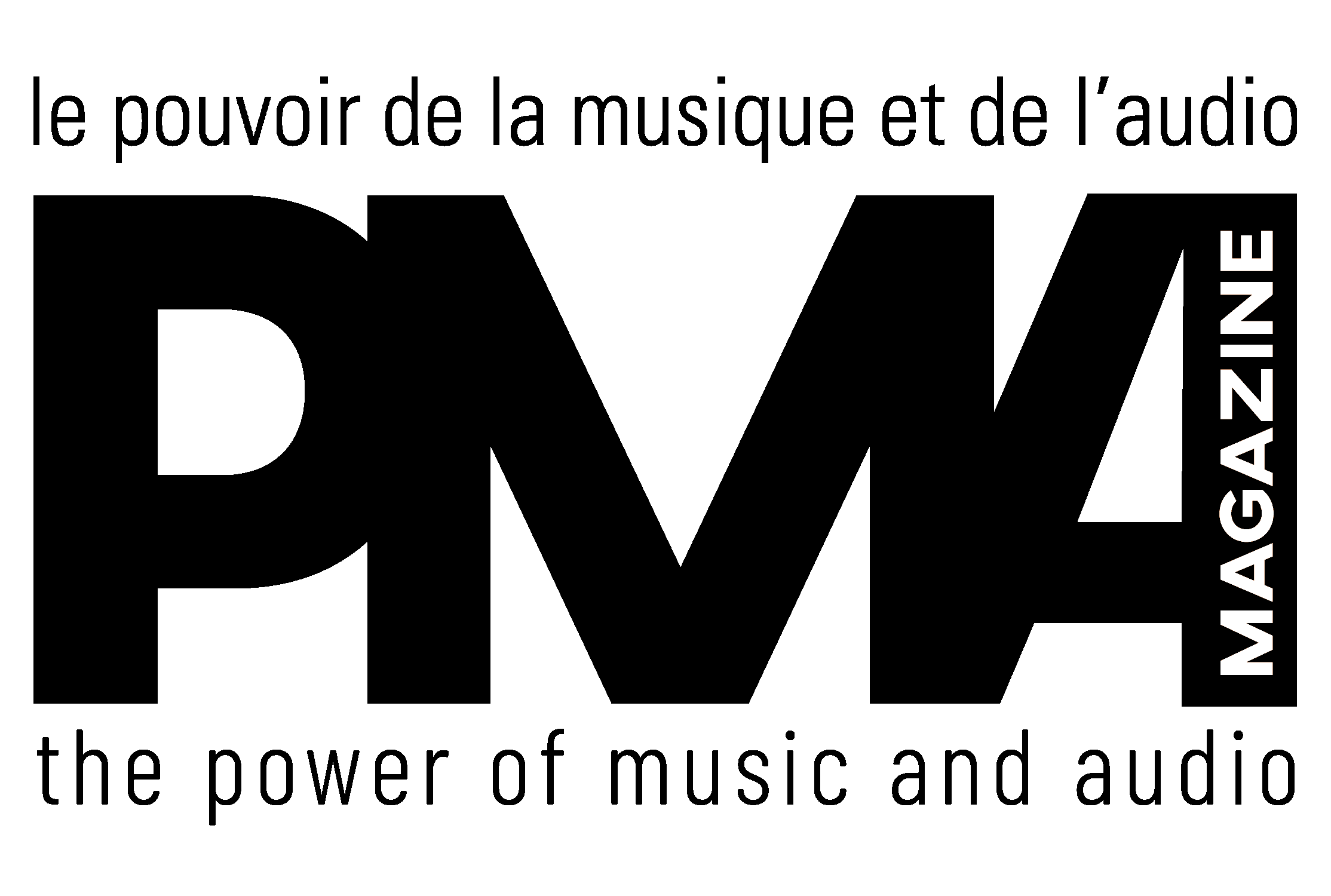

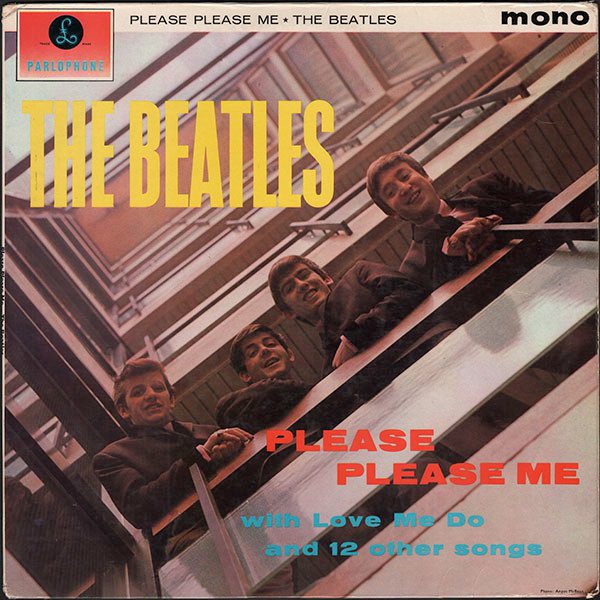
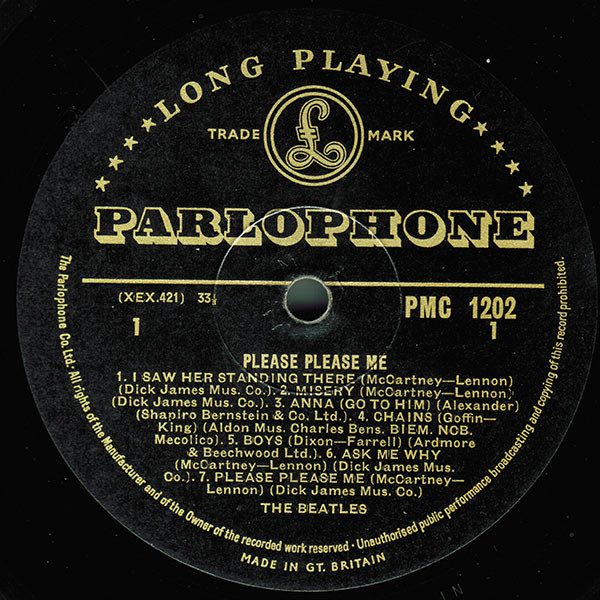

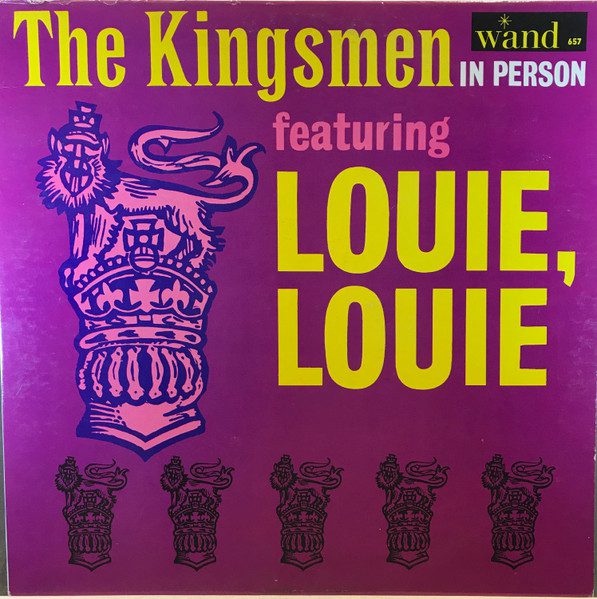
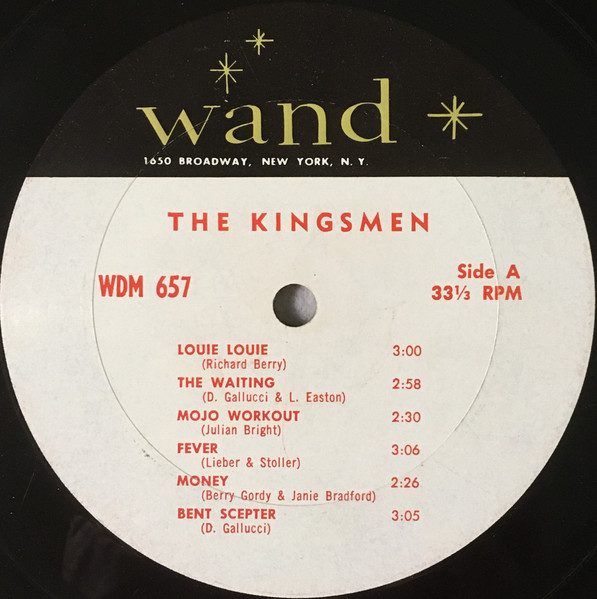

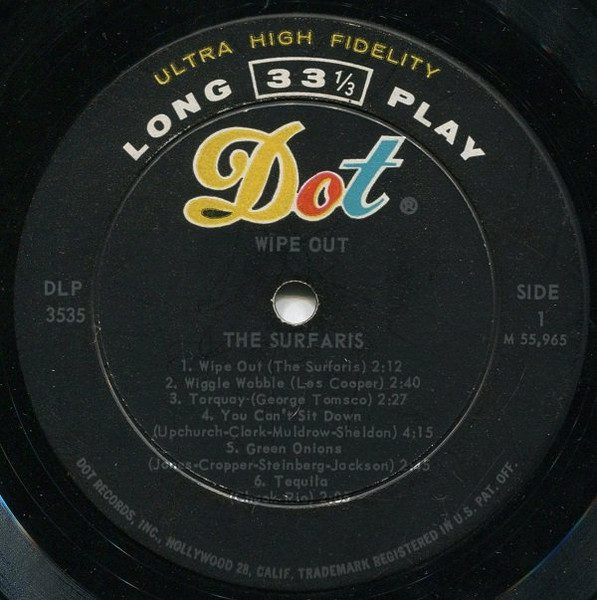
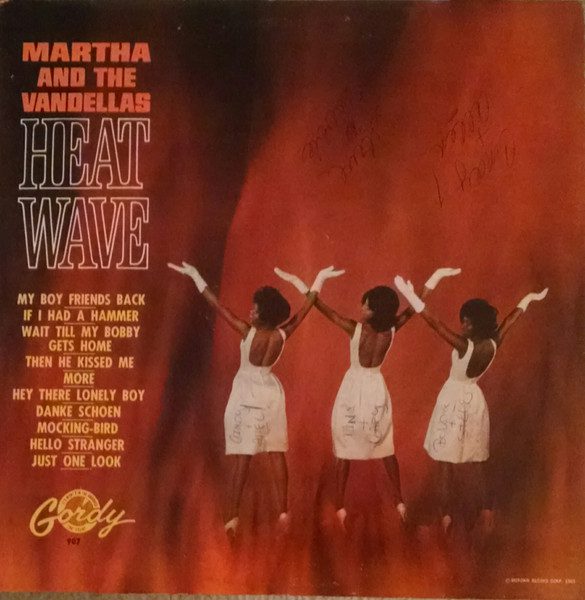
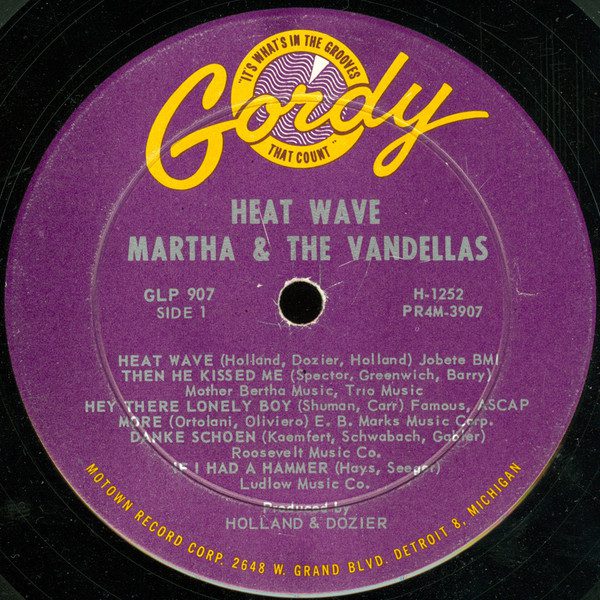
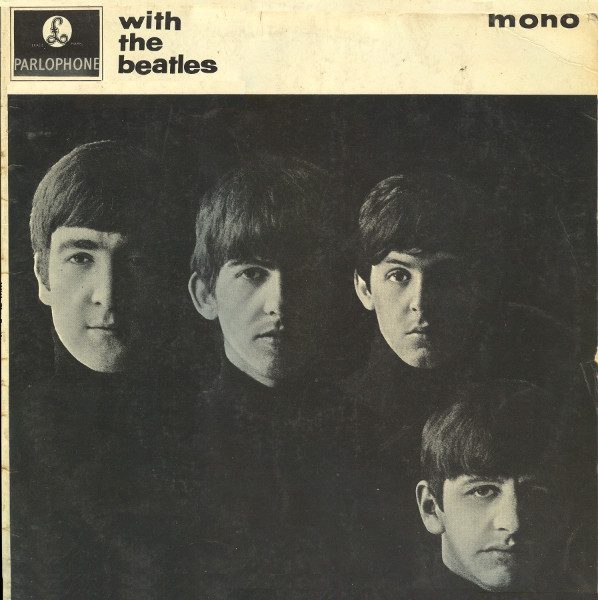
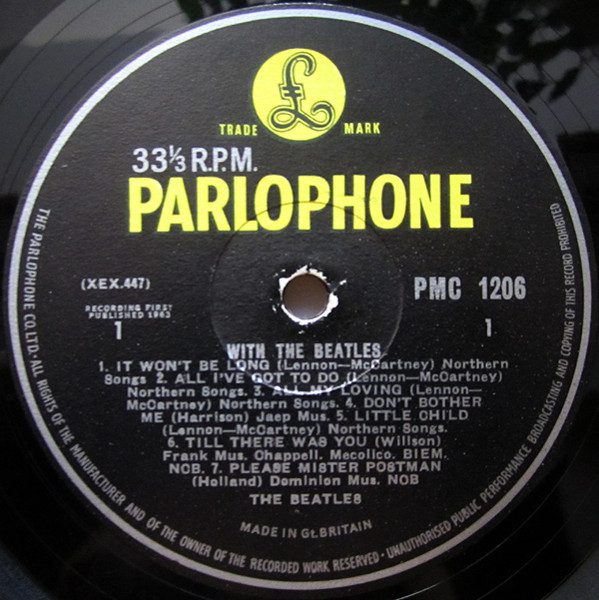
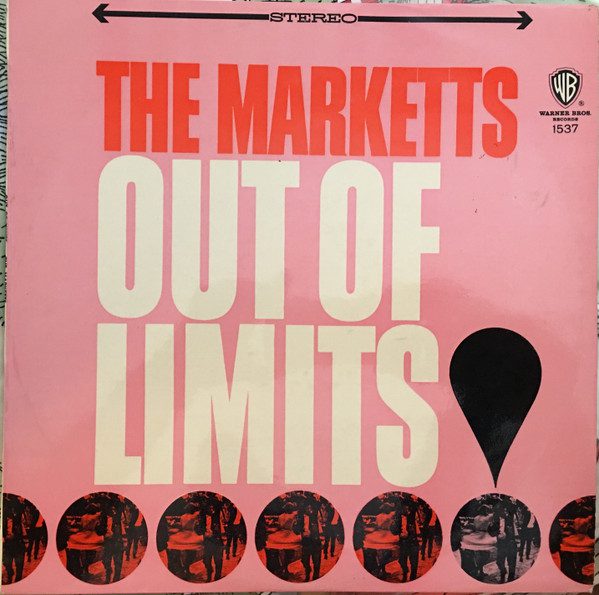
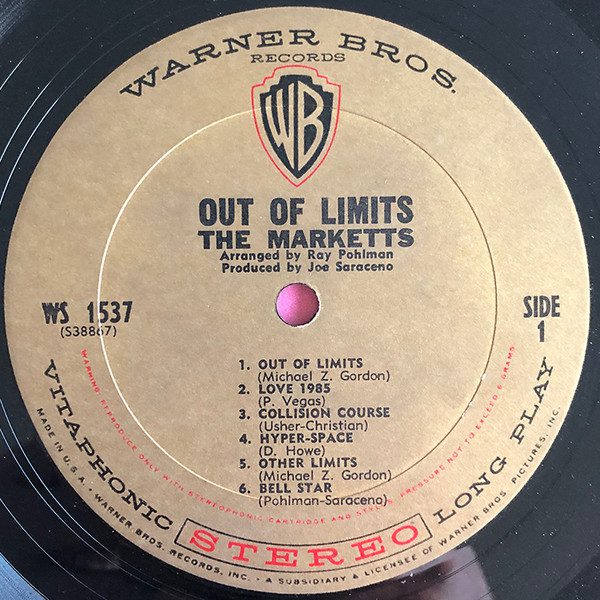
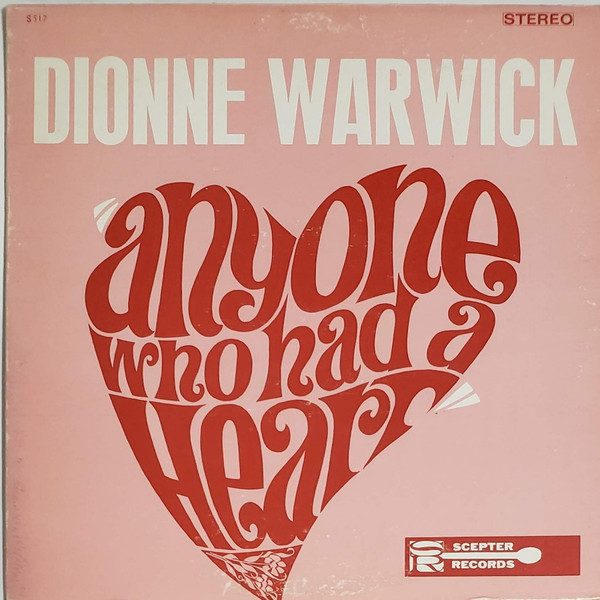
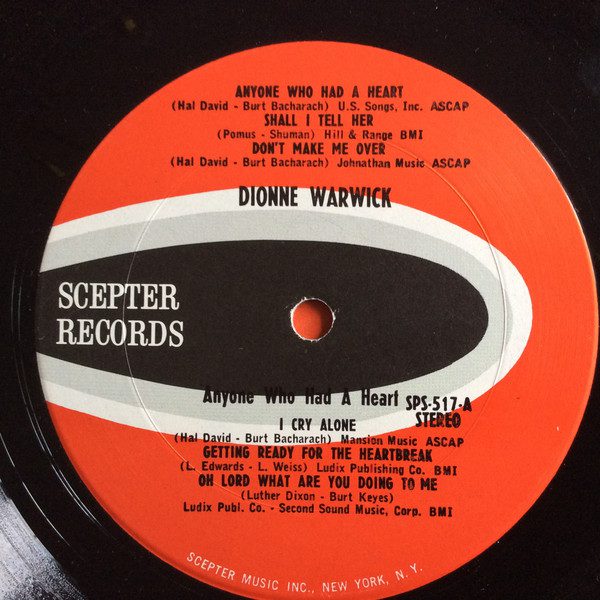
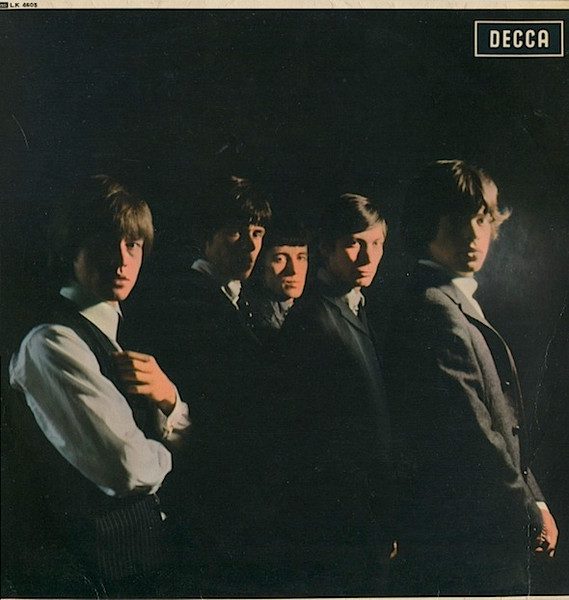
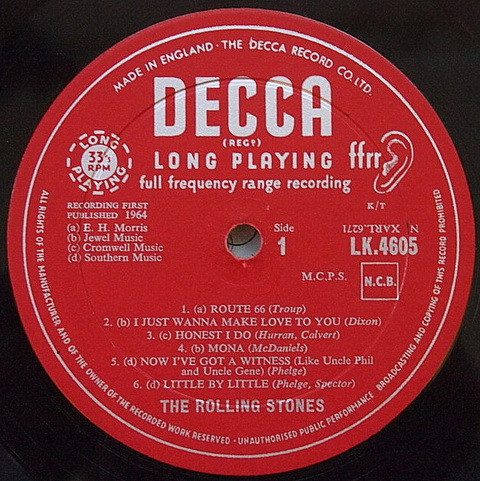
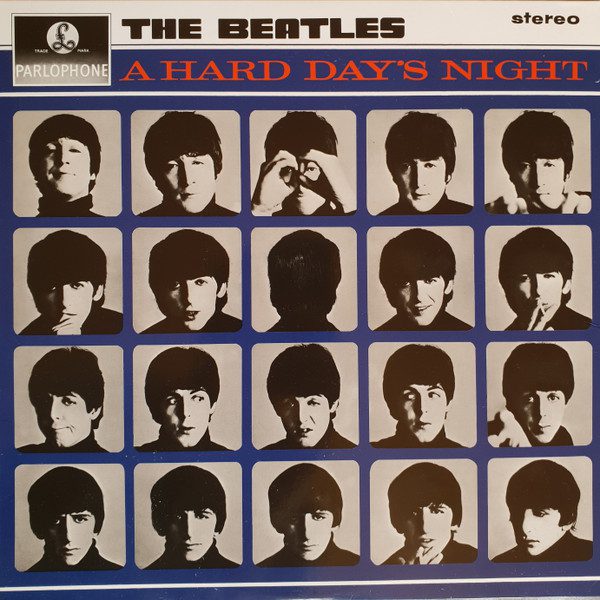
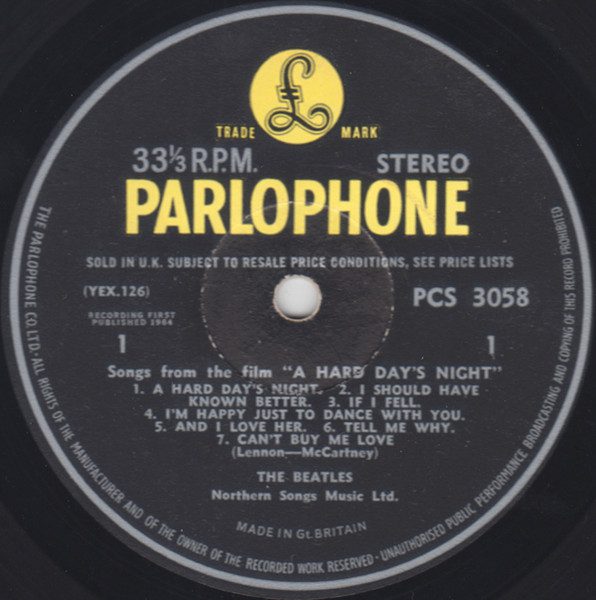
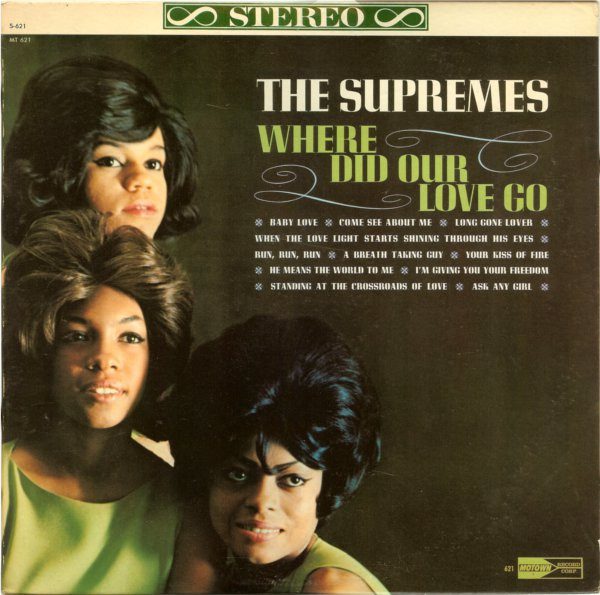
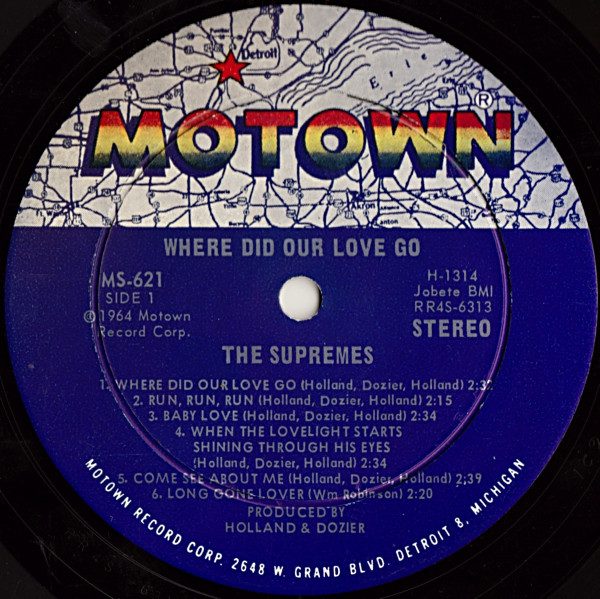
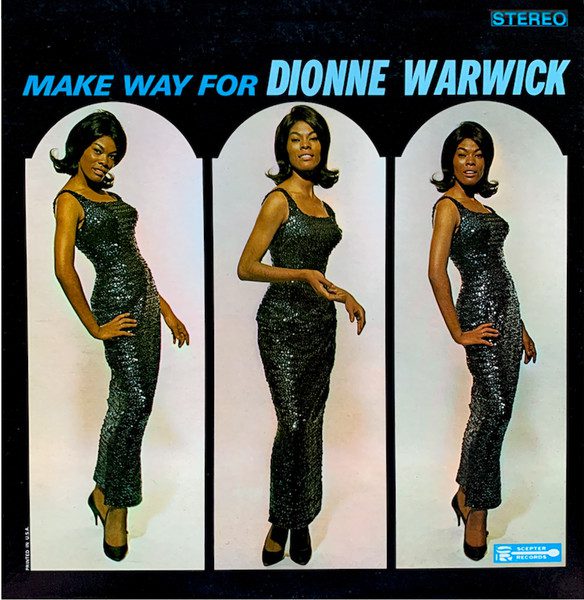
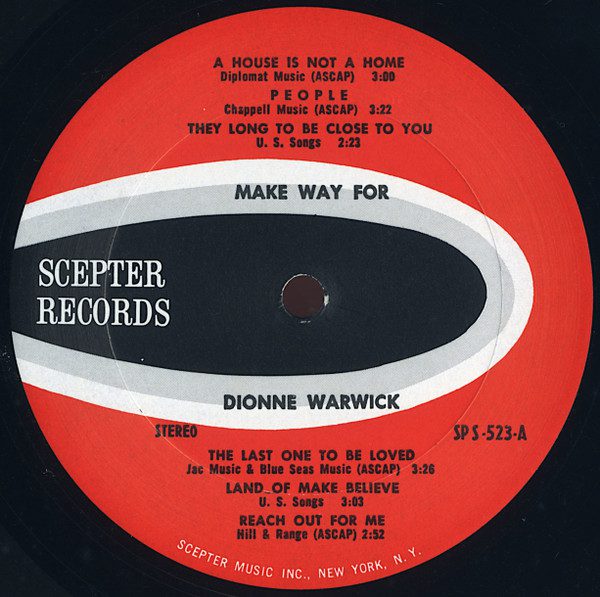
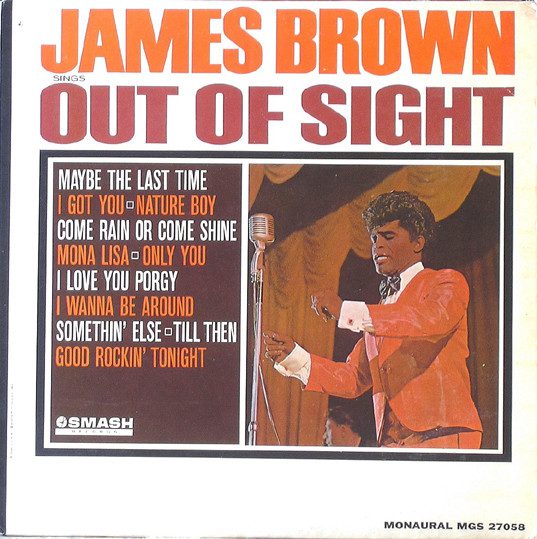


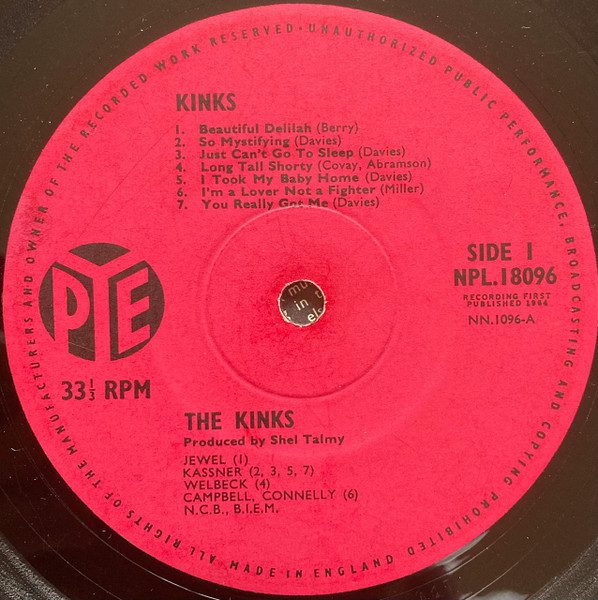
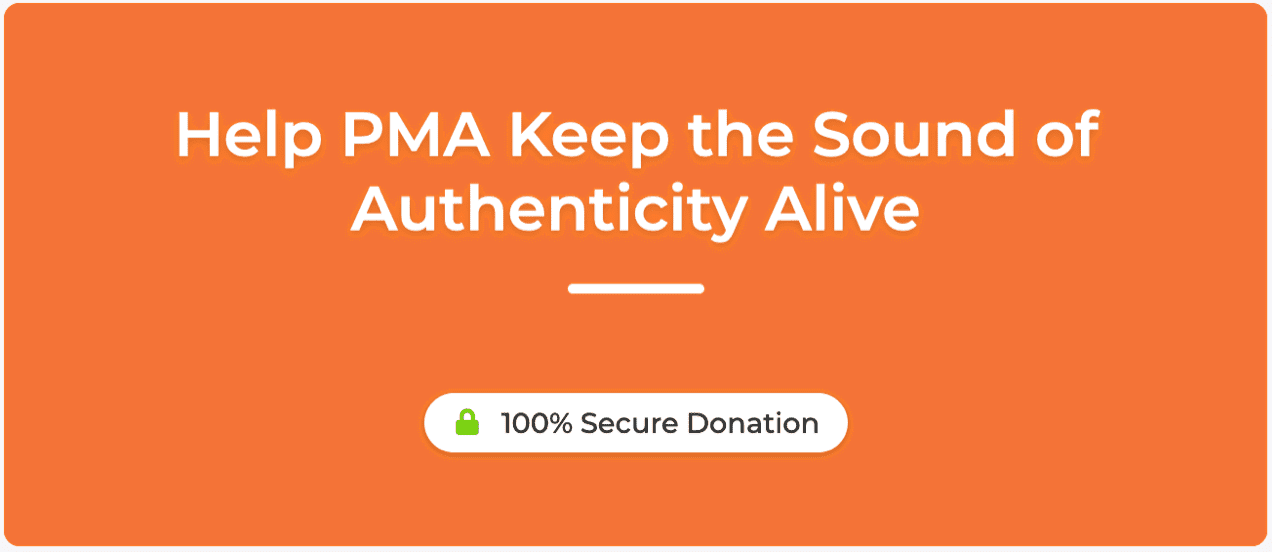










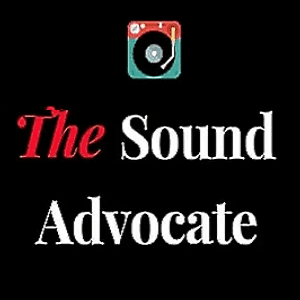

Leave a Reply